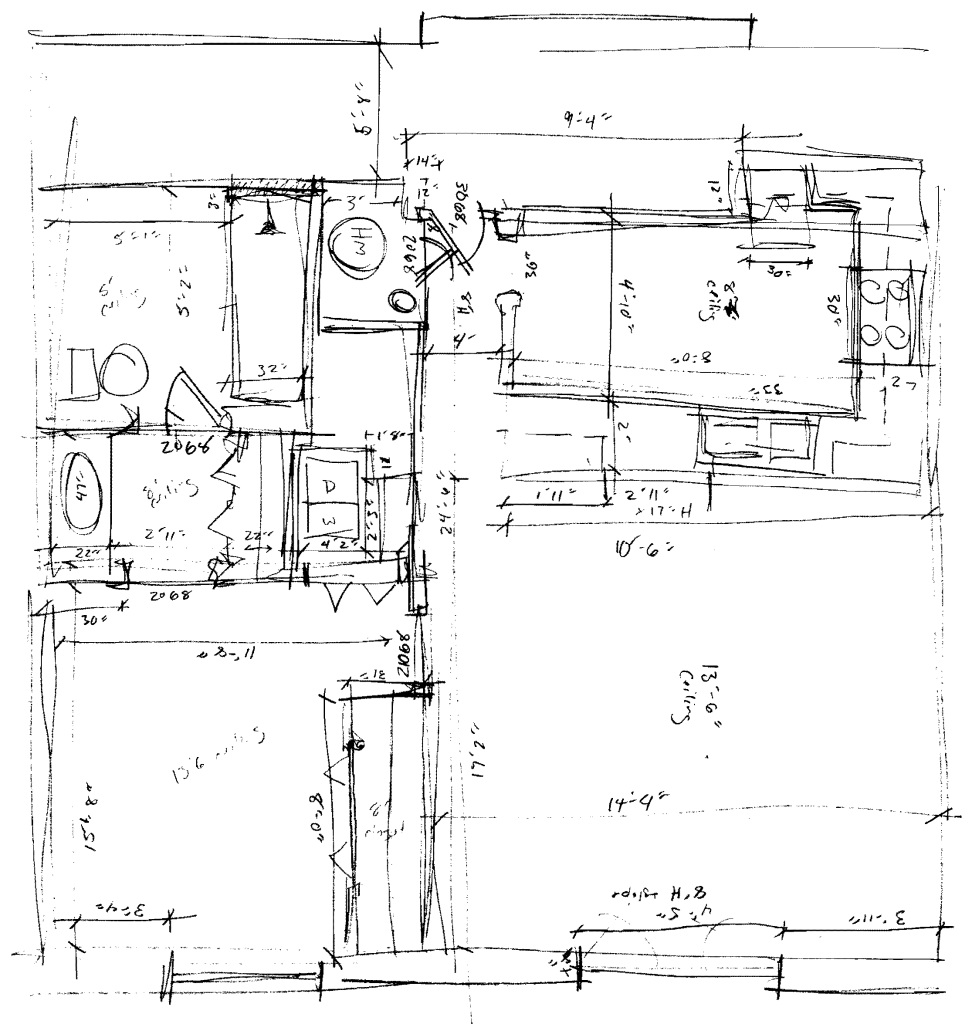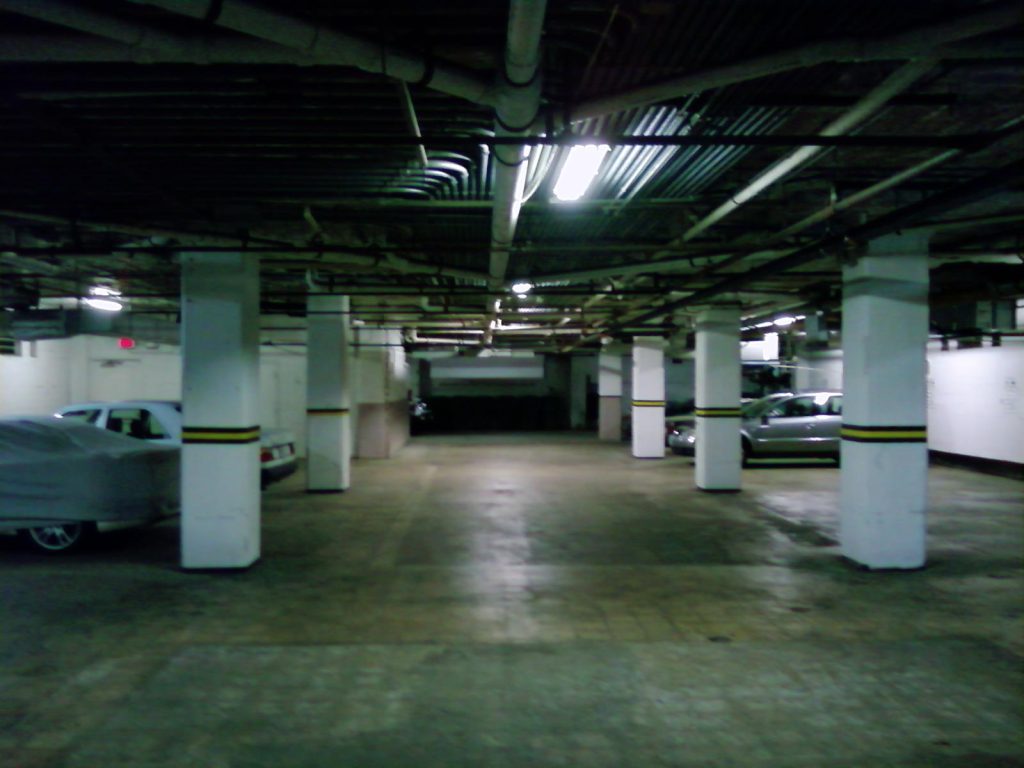We warn each other about meter-reader sightings and the daily threat level for parking citations. The parallel spaces around our office are 2-hour, the deck spaces cost money, and the free spaces mean a three-block hike. I’ve been pushing the 2-hour limits all week. Related, this book is on my to-read list.
At our open staff meeting today, when I asked if the table had been “inspired,” the response I heard instead was, “tired.” This gave me the opportunity to launch into a half-prepared speech about my weekend while the others drank coffee.
My wife and I spent the weekend in Savannah, GA, our first time. The city has been highly touted especially by Urban Planner friends, the lodging was a gift from a client, and it was a much needed escape. We went in with heavy expectations, but admittedly we also used the time to sleep.
We were warned that the apartment would have a lived-in feel, but that the location should compensate for any inconvenience inside. With the keys, there followed a long explanation of how to access the underground parking, which doors would work, and a practical strategy for using the elevator. With those instructions, we found our way easily through to the suite.
- LESSON #1: Community is an active thing.
That feeling of visiting your relatives, or staying overnight in a friend’s house, or of being in a board meeting or a on conference call – that’s community. Living in a city means living with other people.
In Savannah, our car was secured by gates from the city outside, but individual belongings were protected inside only by parking stripes. Our apartment had the furniture, family photos, and aftershave scent of our hosts, but we made ourselves quickly at home in their absence. We were entrusted with all this by the Owner and his neighbors in the building by association.
- LESSON #2: Buildings should be able to get old.
Bad neighborhoods are much improved when the trees grow up. Mediocre urban buildings are better when there are a lot of them together. Alterations to keep buildings active are a better idea than tearing down a city block in expectation of a larger eventual investment.
The whole downtown blocks that were ambitiously razed in Raleigh in 2008, and now lie barren in our corrected market, leave me very concerned for the next decade of our city. I was encouraged in Savannah by, what reads today to be, the progressive, sustainable development of a living and cooperative city. The way to livable city-hood appears to be persistently incremental.
- LESSON #3: How did they do that, and why?
Many of our first year’s clients were churches, urban and suburban. Of those several modest designs, only one has been built. In contrast, in Savannah, my denomination’s ancestral church sits competently on prime central real estate and points in praise to the sky. The interior is exquisite and ornate, the marble floors are clean. And, opposite of preconceptions, the people were gracious, welcoming, and organized. The church had been on that location since the 18th century, and the members are active in every part of the city. As testimony to their locality, even their restaurant recommendations were superb.
If my modern clients struggle impossibly to renovate a block of church offices or to improve a rented storefront, how was it even conceivable to build the carved stone churches that remain to this day? And it’s not just my clients: I know of no church that is building downtown, or has built downtown in the last ten years, save one Catholic addition that remains without a steeple. Instead, we hear of dozens of startup churches, moving into shopping centers and renting ballrooms and cafeterias. But what is the difference? I’m left with thesis-level questions about modern place, priority, perseverance, commitment, congregation, and conviction.
We enjoyed Savannah, of course. Our visit was very short, but we ate very well, and I think we “got it.” Hope to be back, just like I hope to get back to Paris.
Next week, let’s talk about Raleigh again.
Andy Osterlund AIA | LEED AP
Andrew Osterlund, Architect, PLLC
GREEN | URBAN | SMART ARCHITECTURE
313 S. Blount St., Suite 200A | Raleigh, NC 27601
(919) 889 6823 | www.aoarchitect.com

